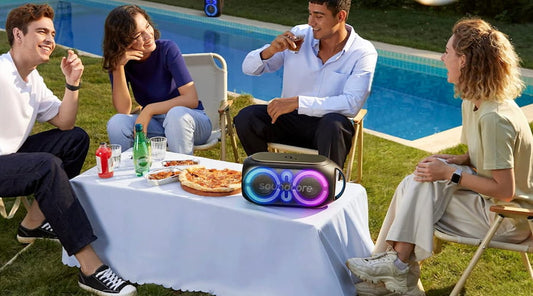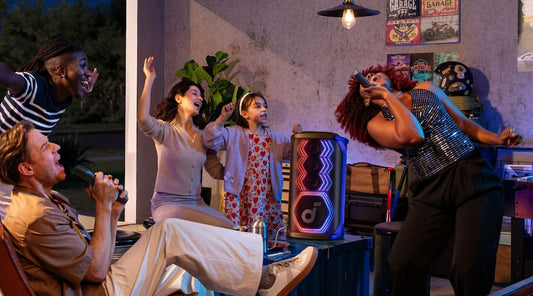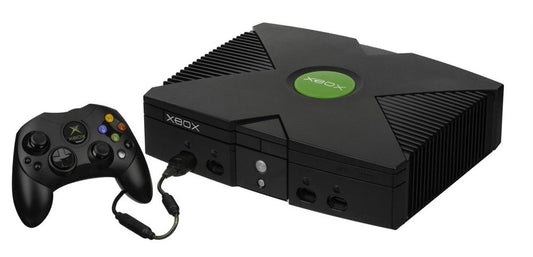Speakers Blog

How to Plan a Graduation Party: Step-by-Step Ti...
Graduation is a huge milestone, and what better way to celebrate than with an unforgettable party? Whether you’re planning for yourself, a friend, or a family member, pulling off the...
How to Plan a Graduation Party: Step-by-Step Ti...
Graduation is a huge milestone, and what better way to celebrate than with an unforgettable party? Whether you’re planning for yourself, a friend, or a family member, pulling off the...

How to Host a Pool Party: Pro Tips for an Epic ...
Picture this: the sun is shining, the water is sparkling, and you’re surrounded by friends, laughter, and great music. That’s the magic of a well-planned pool party! Whether you’re celebrating...
How to Host a Pool Party: Pro Tips for an Epic ...
Picture this: the sun is shining, the water is sparkling, and you’re surrounded by friends, laughter, and great music. That’s the magic of a well-planned pool party! Whether you’re celebrating...

How to Host a Karaoke Party: Ultimate Guide for...
Planning a karaoke night at home? Whether you’re celebrating a special occasion or just want a fun night with friends, knowing how to host a karaoke party the right way...
How to Host a Karaoke Party: Ultimate Guide for...
Planning a karaoke night at home? Whether you’re celebrating a special occasion or just want a fun night with friends, knowing how to host a karaoke party the right way...

How to Throw a BBQ Party: Ultimate Guide for a ...
There’s nothing quite like the smell of food sizzling on the grill, the sound of laughter filling the air, and the joy of sharing good times with friends and family....
How to Throw a BBQ Party: Ultimate Guide for a ...
There’s nothing quite like the smell of food sizzling on the grill, the sound of laughter filling the air, and the joy of sharing good times with friends and family....

How to Connect Bluetooth Speaker to Xbox One, S...
How to connect Bluetooth speaker to Xbox? The good news is that it is not as difficult as it sounds. You can easily link them to your Xbox gaming console...
How to Connect Bluetooth Speaker to Xbox One, S...
How to connect Bluetooth speaker to Xbox? The good news is that it is not as difficult as it sounds. You can easily link them to your Xbox gaming console...

6 Best Party Speakers for Powerful Sound and Ep...
Looking to elevate your next party or gathering? Whether it’s an outdoor celebration, a leisure house party, or a beach bonfire, choosing the best party speakers is essential for creating...
6 Best Party Speakers for Powerful Sound and Ep...
Looking to elevate your next party or gathering? Whether it’s an outdoor celebration, a leisure house party, or a beach bonfire, choosing the best party speakers is essential for creating...